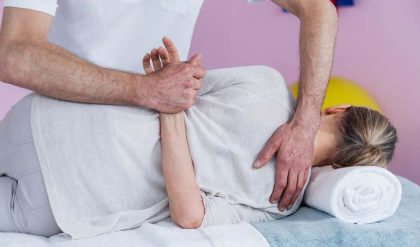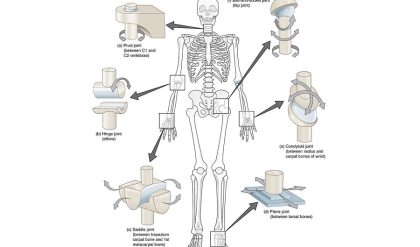When investigating a slip and fall incident, our forensic experts are often asked to comment on how slippery a surface would have been under certain conditions and whether a typical person would have slipped in that situation. In order to answer these two questions, we conduct slip testing to determine the frictional properties between the floor and the surface of an object contacting the floor (i.e. the sole of a shoe). There are two major challenges to conducting scientifically accurate slip testing: accurately replicating the floor condition and accurately simulating the human gait, especially the heel strike.
Most surfaces are not slippery when dry, and most slips occur on a wet or contaminated surface. It is important to know whether, for example, the pedestrian slipped on a wet floor, a freshly waxed floor, or a spill on the floor. This information allows us to replicate the condition under which the slip occurred as closely as possible in order to determine whether or not the flooring played a role in the incident. When testing a wet or contaminated surface, we are measuring the slip index, which is similar to dynamic friction: the ratio of force required to keep a sliding object in motion once slipping has begun divided by the downward and forward force exerted. This specific type of measurement of friction is called tribometry. Measuring the “slip index” or “slip resistance” of a surface can be somewhat tricky using simple tools or other instrumentation where the test foot drags on the floor because the human heel strike is a complex dynamic motion with variable force application, which is difficult to emulate.
The human gait begins the moment the foot makes contact with the ground. This is commonly referred to as the heel strike. After heel strike, the body weight is normally rapidly applied to the heel with increasing force as the body begins to rock over the foot, propelling the body forwards until the weight is unloaded from the heel to the toe. Slips occur very quickly; in less than a fraction of a second, and typically occur just as the heel strikes the ground and when the body weight is beginning to load downwards and forwards onto the foot. In general, only a small fraction of the shoe bottom is in contact with the surface when the slip occurs.

Figure 1: Phases of the Stance during Human Ambulation.
In order to most accurately replicate the angled downwards motion of the heel during human walking (as seen in Figure 1 “Heel Strike” phase above), we use a mechanical test tool, which uses regulated compressed air to activate a piston and emulate the motion and force of the human heel strike. Our English XL VIT tribometer tool can be used by a qualified expert to directly measure the slip resistance of a given surface under dry and wet conditions and has been tested and independently evaluated (1, 2, 3). This tribometer, which has undergone various advancements over the years, has proven to be accurate (Flynn 1998, Underwood and Vidal 2000), reliable and repeatable as a measurement tool for replicating the dynamic action of a human heel strike while walking. Essentially, the test foot mimics the human heel articulation and movement while walking where the test foot moves at a speed of and average individual and slips in a similar manner similar to the human heel. The English XL tribometer is recognized by the ASTM as a valid method for testing slip resistance. In order to ensure the accuracy and repeatability of the measurements, the expert or user is required to obtain certified training and use a calibrated tile in order to operate the tribometer and interpret the results appropriately.


Figure 2: The dynamic motion of a slip during the heel strike phase of walking (left) compared to the dynamic action of the English XL tribometer (right). Note the initial contact of the test foot and subsequent rotation of the test foot which simulates that of a human foot rocking from heel to toe.
Essentially, the test foot mimics the human heel articulation and movement while walking where the test foot moves at a speed of and average individual and slips in a similar manner similar to the human heel. The English XL tribometer is recognized by the ASTM as a valid method for testing slip resistance. In order to ensure the accuracy and repeatability of the measurements, the expert or user is required to obtain certified training and use a calibrated tile in order to operate the tribometer and interpret the results appropriately.


Figure 3: The dynamic action of the English XL tribometer in dry testing conditions (left) versus wet testing conditions (right).
Slip testing is often a crucial component of a slip and fall investigation. In order to be reliable, testing and the evaluation of the slip resistance of a surface needs to be conducted under similar conditions to the incident slip and with a tool that is able to accurately mimic the human slip conditions during the heel strike phase of walking. Of course, the expert must also consider the general environment, lighting and other parameters, including the context of the incident.




Comments are closed.